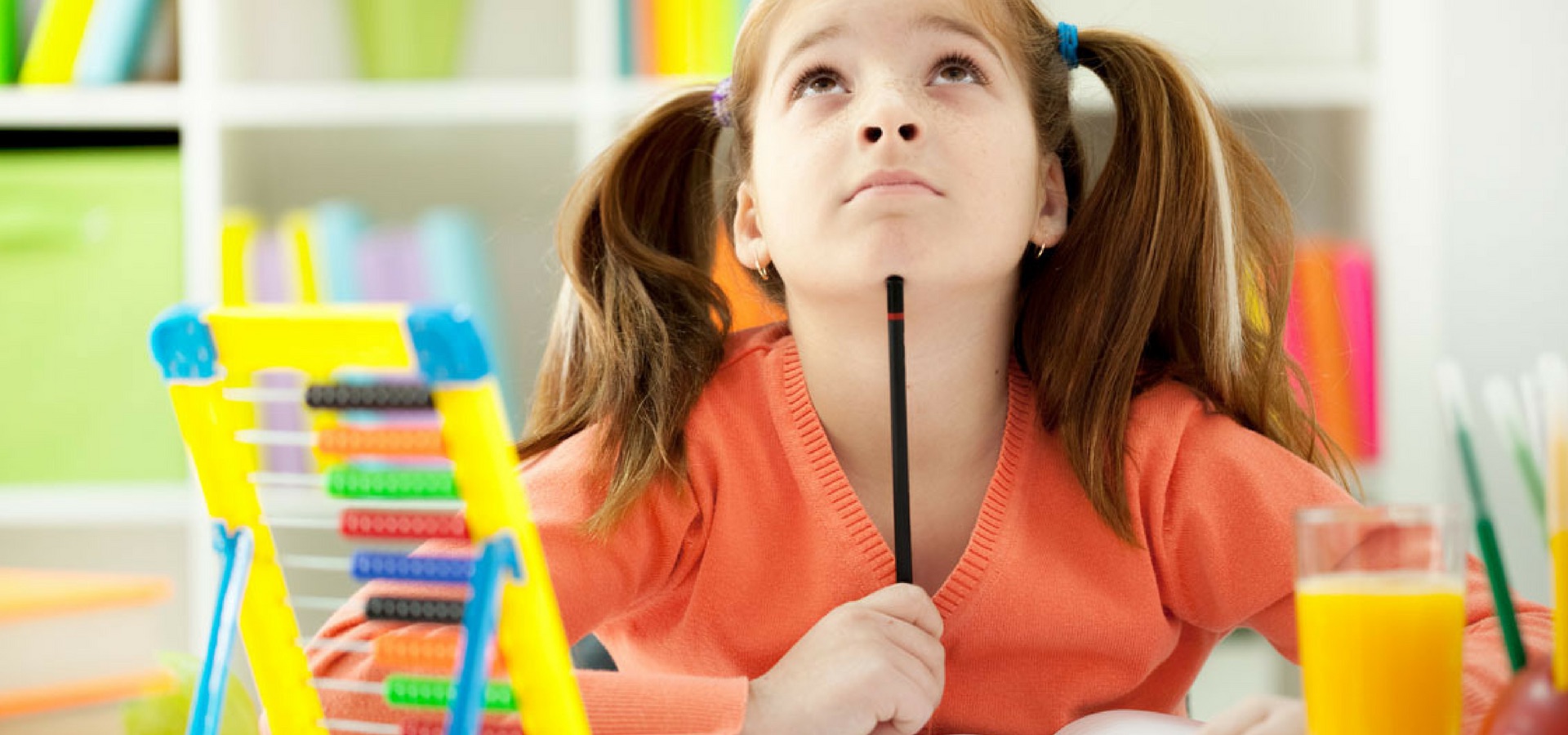
Mysmartkid Smartbox – Learning Through Play
What an amazing product the Smartbox from Mysmartkid has proved to be! Our first Smartbox was received with great excitement and did not disappoint. Mysmartkid have a programme that has been developed by experts in the field of early childhood development and it is evident in the choice of educational toys, puzzles and activities that are included in the Smartbox. Each toy has been carefully selected to incorporate the six development areas whilst being age-appropriate. Parents are encouraged to play with their children and to guide them through each activity included in the Smartbox, but our experience with the Smartbox has proved that because they are age-appropriate, your little one will have no difficulty in accomplishing each game, puzzle and activity on their own. This not only demonstrates to you, the parent, that your little one can work independently, it goes a long way to increasing your child’s sense of well-being and self-confidence. And so in our first Smartbox, we received a number of really interesting toys and activities for Emily to enjoy. Her first choice was to create little insects from the Shrink Insect box. She was required to colour them in herself with the coloured pencils supplied as well as cut them out once she had completed colouring them in. Punching holes proved a little challenging, but she managed to do that too and together we prepared her shrink insects for the oven. Eagerly she awaited them coming out the oven to see if they had really shrunk and to complete them by creating legs with the beautiful brightly coloured pipe-cleaners also provided in the Smartbox. Through this activity, she had made toys for herself to play with and her sense of accomplishment was visibly evident. Emily’s next choice of activity from the Smartbox was to plant the seeds that were all neatly packed together with the very necessary soil, nutrients, tools and seed trays. Making up the soil was great fun for her and she enjoyed plunging her hands into the wet soil and mixing in all the relevant ingredients and then dividing it into the seed trays. Preparing each seed tray and dropping the seeds into each compartment was made easy for Emily with the scoop provided in the Smartbox and all the seeds were clearly marked so that she knew what she was planting. Also included in the Smartbox from Mysmartkid was a progress sheet which she is still working on with her mom, to document the growth of her little plants which are looking really great and probably can be planted into the garden as soon as Spring arrives! Then on a quiet afternoon in her school holidays, Emily decided it was time to play with the last toy in her box which is called Elastica. This is such an educational toy with a great element of fun and involves having to create images with different coloured elastics that are applied to a pin board. Included in the Smartbox are a number of cards with the images and instructions on how to achieve them. There is also a book that you can work with your little one and focuses on achieving solving maths problems. This particular product can be used in the classroom as well as by occupational therapists to help with fine motor coordination and problem-solving skills. Whilst we await the delivery of our next Smartbox for Emily, we have chosen a few toys off the Mysmartkid website to supplement Emily’s participation in the Mysmartkid early childhood development programme. We would highly recommend that all parents with young children become members of Mysmartkid. The benefits of early learning for young children through play, are supported by the team of experts at Mysmartkid who have developed the programme. It is evident from what Emily has already achieved from just one Smartbox of toys, that the selection for the Smartbox has been done by experts. With everything that we as families are faced with today, the pressures on ourselves as parents as well as on our children to perform, the Smartbox offers our children an outlet to play, learn, develop and grow and that’s what all parents are looking for.





























